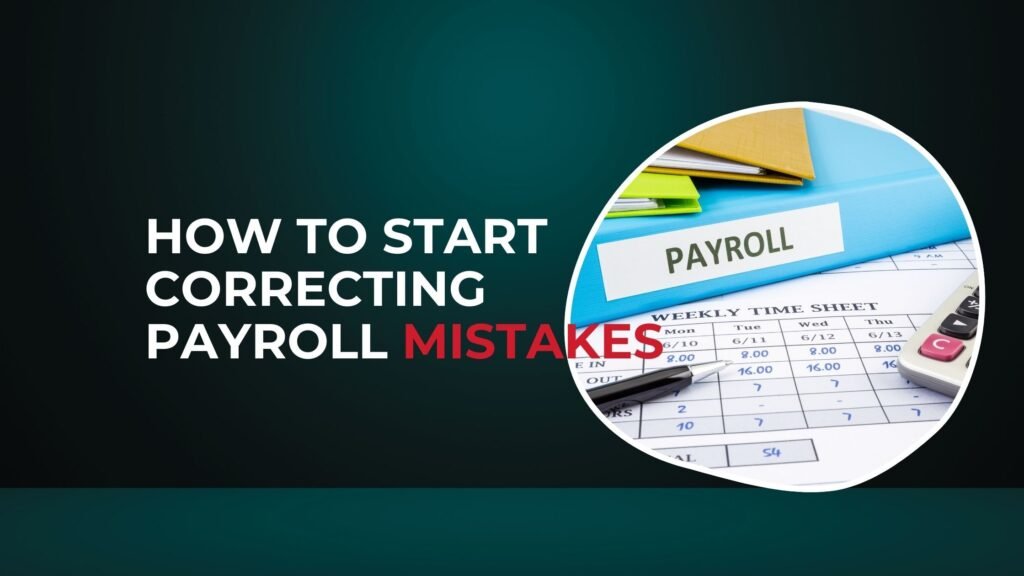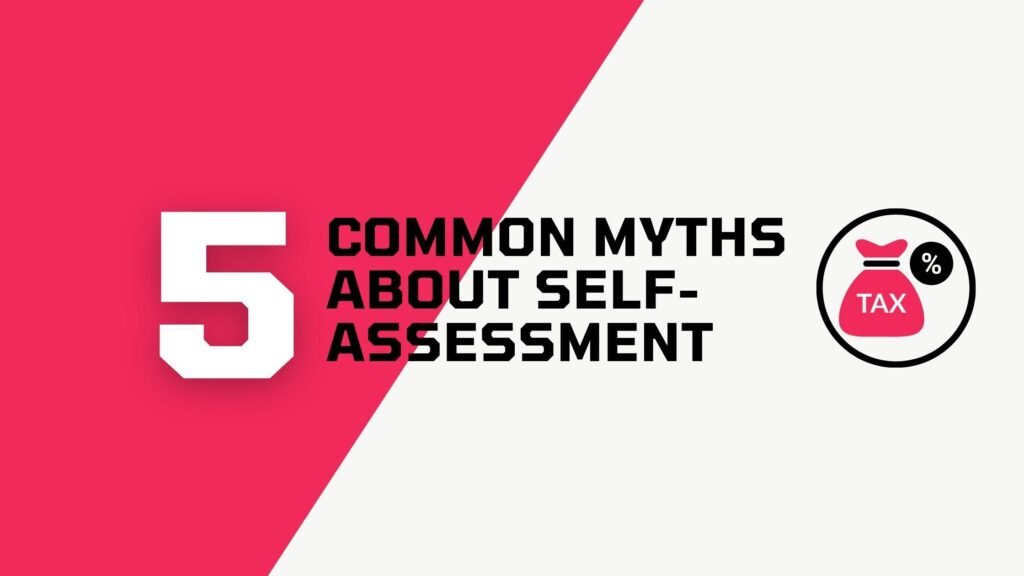The Construction Industry Scheme (CIS) is a tax deduction system specifically designed for the UK construction industry. Understanding CIS returns is crucial for contractors and subcontractors to stay compliant and maximise potential tax refunds. Whether you’re new to the industry or simply looking for a clearer understanding, this article will walk you through the basics of CIS returns, including how they work, important deadlines, and how to avoid common mistakes.
What is a CIS Return?
A CIS return is a report contractors must submit to HMRC every month detailing payments made to subcontractors under the Construction Industry Scheme. Subcontractors, on the other hand, file an annual self-assessment tax return to reconcile any overpaid tax, which can potentially lead to a refund. The scheme ensures that taxes are collected from subcontractors at source, usually at a rate of 20% (or 30% if unregistered), as an advance payment towards their annual tax liabilities.
How the CIS Scheme Works
The Construction Industry Scheme (CIS) was introduced by HMRC to tackle tax evasion within the construction industry, with a particular focus on addressing the problem of unreported cash payments. The CIS ensures that taxes are deducted at the source before subcontractors receive their full payment, reducing the risk of unpaid taxes and ensuring compliance with tax laws.
Under the scheme, contractors are responsible for deducting 20% from payments made to registered subcontractors and forwarding this amount to HMRC as an advance tax payment. If a subcontractor is not registered under CIS, the deduction rate increases to 30%.
Key Roles in CIS
In the Construction Industry Scheme (CIS), two key roles are defined: the contractor and the subcontractor. The contractor is responsible for employing and paying subcontractors to complete construction work, while the subcontractor is the business or individual contracted by the contractor to perform specific tasks. This system helps HMRC ensure timely and accurate tax collection, keeping both contractors and subcontractors compliant with the law.
→ No hidden fees. No gimmicks
How to File a CIS Return
For contractors, filing a CIS return is a monthly obligation. Here’s what you need to do:
- Gather subcontractor details: Track all payments made to subcontractors during the tax month.
- Submit the CIS return: Use HMRC’s online system or authorised software to file your return by the 19th of each month.
- Pay HMRC: Ensure the deducted tax is forwarded to HMRC by the deadline.
- Keep accurate records: Maintain comprehensive records of all payments and deductions for future reference.
For subcontractors, you’ll file an annual self-assessment tax return to reconcile the deductions made from your payments. If too much tax was deducted, you may be eligible for a refund.
CIS Tax Return Deadlines
- For contractors: CIS returns must be filed monthly, with the deadline on the 19th of each month. Missing this deadline can result in penalties.
- For subcontractors: You need to file a self-assessment tax return by 31st January following the tax year. This ensures any overpaid tax is refunded to you.
Benefits of Filing CIS Returns on Time
Filing your CIS return on time provides several important benefits:
- Claim back overpaid tax: Many subcontractors find they’ve overpaid tax due to the 20% deduction and can claim a refund.
- Avoid penalties: Late filings can result in fines from HMRC, which increase the longer you delay.
- Financial clarity: Staying on top of your CIS filings helps you manage your business expenses and income, aiding in better financial planning.
Being compliant also ensures you avoid any legal consequences that might arise from failing to submit returns on time.
How to Register for CIS
Registering for CIS is quite straightforward. Here’s what you need to do:
- Register online through the HMRC website.
- Provide necessary details, including your Unique Taxpayer Reference (UTR), National Insurance number, and legal business name.
- Consider gross payment status: If eligible, you can apply for gross payment status, which means no deductions will be made from your payments. However, you’ll still need to pay your taxes at the end of the year through self-assessment.
Being registered with CIS ensures you’re taxed at the standard 20% rate while failing to register leads to a higher 30% deduction.
Common CIS Return Mistakes to Avoid
Mistakes can be costly when filing CIS returns. Here are some common ones to avoid:
- Missing deadlines: Late submissions can lead to significant penalties.
- Incorrect deductions: Miscalculating payments or deductions can result in fines or delays in getting refunds.
- Incomplete records: Always keep detailed records of every payment and deduction to avoid discrepancies.
Staying organised and meeting deadlines can help you avoid these pitfalls and maintain good standing with HMRC.
Conclusion
Understanding and staying compliant with CIS returns is essential for both contractors and subcontractors. Filing on time, keeping accurate records, and claiming all eligible expenses can lead to significant tax refunds and help avoid costly penalties. If you are unsure about the CIS process, do not leave it to chance. Seek expert help to maximise your deductions and stay compliant with HMRC. Book a free consultation with us today and let our professionals guide you to make the most of your CIS returns!
Frequently Asked Questions
Subcontractors can check their annual tax return against the deductions made throughout the year. If too much has been withheld, a refund will be issued.
Yes, you can claim back work-related expenses such as tools, travel, and office supplies, which can reduce your tax liability.
Missing a CIS return deadline can result in fines that increase the longer you delay filing.
It typically takes up to 40 working days to process a CIS tax refund. If you haven’t received your refund within this time, you can contact HMRC for further assistance
A CIS Nil Return is required if no payments were made to subcontractors during a tax month. Even if no deductions were necessary, failing to submit a nil return can lead to penalties. It’s simply a way to notify HMRC that no subcontractor payments were made for that period.





